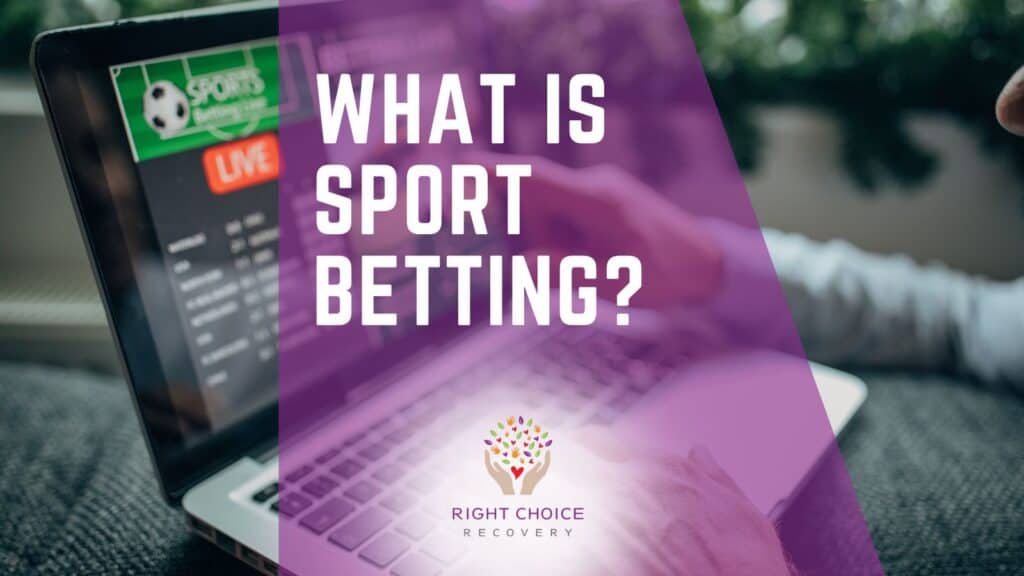
Gamification in Casino Loyalty Programs
The casino industry has been undergoing a significant transformation over the last few years, with a particular emphasis on improving customer experiences and enhancing loyalty. One of the most exciting trends emerging from this shift is the use of gamification in casino loyalty programs. By integrating game-like elements into loyalty programs, casinos can increase player engagement, retention, and overall satisfaction. One interesting aspect of this evolution is the way leading platforms such as Gamification in Casino Loyalty Programs 1xbet promo code are capitalizing on gamification to create unique experiences for their users.
Understanding Gamification in Loyalty Programs
Gamification is the application of game-design elements and principles in non-game contexts to enhance user engagement. In the context of casino loyalty programs, gamification includes rewards, point systems, challenges, and competitions that make the process of earning and redeeming points more enjoyable and interactive. The goal is to create a more compelling experience that encourages players to participate actively and remain loyal to a brand.
Why Gamification Works
For decades, casinos have relied on traditional loyalty programs that reward players based on their spending. However, as players’ preferences evolve, traditional models may not suffice to keep them engaged. Gamification taps into fundamental human psychology, leveraging the mechanics that drive players to participate in games, such as competition, achievement, and recognition. Here are some reasons why this approach works effectively in casino loyalty programs:
1. Enhanced Engagement
Gamification makes boring tasks more exciting. Players are more likely to engage with a loyalty program that offers challenges or rewards them for reaching certain milestones. By turning the process of earning loyalty points into a game, casinos can foster a more engaging experience, which can lead to higher satisfaction and prolonged playtime.
2. Increased Retention Rates
When loyalty programs are gamified, they create a sense of commitment among players. Users are more likely to return to the casino to earn points, complete challenges, or participate in competitions. This increased frequency of visits can significantly boost player retention rates.
3. Fostering a Competitive Spirit
Many players thrive on competition. By introducing leaderboards and scoreboards, casinos can create a friendly rivalry among players, motivating them to engage in loyalty programs more earnestly. This competitive spirit can lead to increased engagement, as players strive to improve their ranks or win exclusive rewards.
Elements of Gamification in Casino Loyalty Programs
The incorporation of various gamification elements into loyalty programs can take many forms. Here are some common features found in successful models:
1. Points and Level Systems
Points are the foundation of most loyalty programs. Players earn points for various actions, such as playing games or referring friends. By implementing a tiered level system, casinos can incentivize players to achieve higher levels for greater rewards, thereby promoting continued play.
2. Challenges and Missions
Challenges or missions encourage players to complete specific tasks to earn rewards. For instance, casinos can create weekly challenges that incentivize players to try new games or participate in certain events. This not only diversifies the gaming experience but also boosts the chances of players exploring different aspects of what the casino offers.

3. Badges and Achievements
Players enjoy recognition of their accomplishments. Badges or achievement icons can be awarded for completing particular milestones or challenges, serving as social proof of a player’s engagement and skill. Displaying these badges can enhance a player’s status within the gaming community.
4. Social Features
Incorporating social features allows players to share their achievements, compare ranks, or compete against friends. These features can build a sense of community and encourage players to remain active in loyalty programs.
Case Studies of Successful Gamification
Several casinos have successfully implemented gamification in their loyalty programs, leading to increased player engagement and satisfaction. For example:
SlotsMillion
SlotsMillion, an online casino, uses a gamified loyalty system that assigns points based on gameplay. Besides earning standard points, players can also participate in tournaments for additional rewards. This model has proven effective, as it keeps players returning for competitions and ensures that they find the gaming experience enjoyable.
Caesars Rewards
Caesars Entertainment’s loyalty program incorporates challenges, allowing players to earn rewards for completing specific actions. The different tiers in their loyalty program create a sense of achievement and motivate players to strive for higher rewards. The added layer of competition fosters a sense of community among players.
Potential Challenges in Implementing Gamification
While gamification offers numerous benefits, it is essential to tread carefully when implementing these features in casino loyalty programs:
1. Balance of Rewards
Casinos need to strike a balance when designing rewards to ensure they are enticing yet sustainable. Overly generous rewards can lead to exploitation, while insufficient incentives may fail to motivate players.
2. Risk of Over-Gamification
Overdoing gamification can lead to player fatigue and disengagement. It’s crucial to find the right blend of gamified elements without overwhelming players or complicating the program.
Future of Gamification in Casino Loyalty Programs
The future of gamification in casino loyalty programs looks promising, with technology playing a significant role in how these programs evolve. With advanced data analytics, casinos can better understand player behavior and tailor their gamified offerings to meet their customers’ needs. Integrating augmented reality (AR) or virtual reality (VR) experiences may further enhance engagement.
Conclusion
Gamification in casino loyalty programs represents an exciting shift in how casinos engage players, turning traditional loyalty structures into dynamic, interactive experiences. By applying game design elements thoughtfully, casinos can create programs that attract and retain players, resulting in long-term success. As the landscape continues to evolve, embracing innovative approaches like gamification will be key to keeping players happy and loyal.
